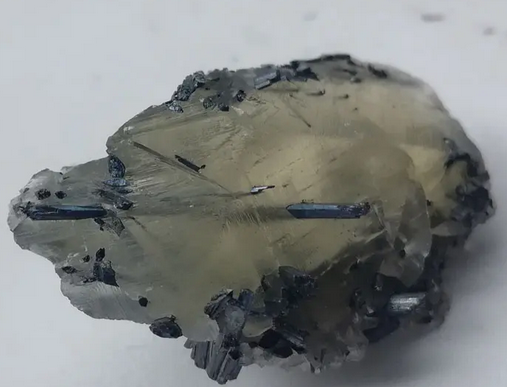Get our latest news
Copyright © 2018 cnqhkj.com Inc. All rights reserved. 浙ICP备12047550号 Powered by www.300.cn ningbo
Subscription
Tel:+86-574-65335615
Email:qinghua@qinghuakj.com
How to observe the morphology of minerals in rock and mineral specimens?
Minerals in rock and mineral specimens have certain forms, and there are individual forms and aggregate forms. Therefore, when observing, we should first distinguish the individual or aggregate of minerals, and then further determine what form they belong to.

The monomer of the mineral refers to the single crystal of the mineral in the rock and mineral specimens, which has a certain geometric shape and is composed of crystal edges, face angles and crystal faces. The same minerals often have one or several fixed geometric forms, such as cube, tetrahedron, octahedron, rhombic dodecahedron, etc. The morphology of a mineral is an external manifestation of its internal crystalline lattice. Therefore, these fixed geometric forms are one of the important signs to recognize minerals.
The minerals in the rock and mineral specimens have a certain crystallization habit. When some minerals are crystallized, they grow rapidly in a certain axis, forming needle-like or long columnar crystals (such as stibnite, etc.); some minerals are in two axes. They develop faster in all directions, forming plate-like (such as gypsum) and sheet-like (such as mica) crystals; some develop equally in the three axis directions, forming granular or equiaxed crystal shapes, such as cubic (pyrite). ), octahedron (magnetite), rhombic dodecahedron (garnet), etc.

